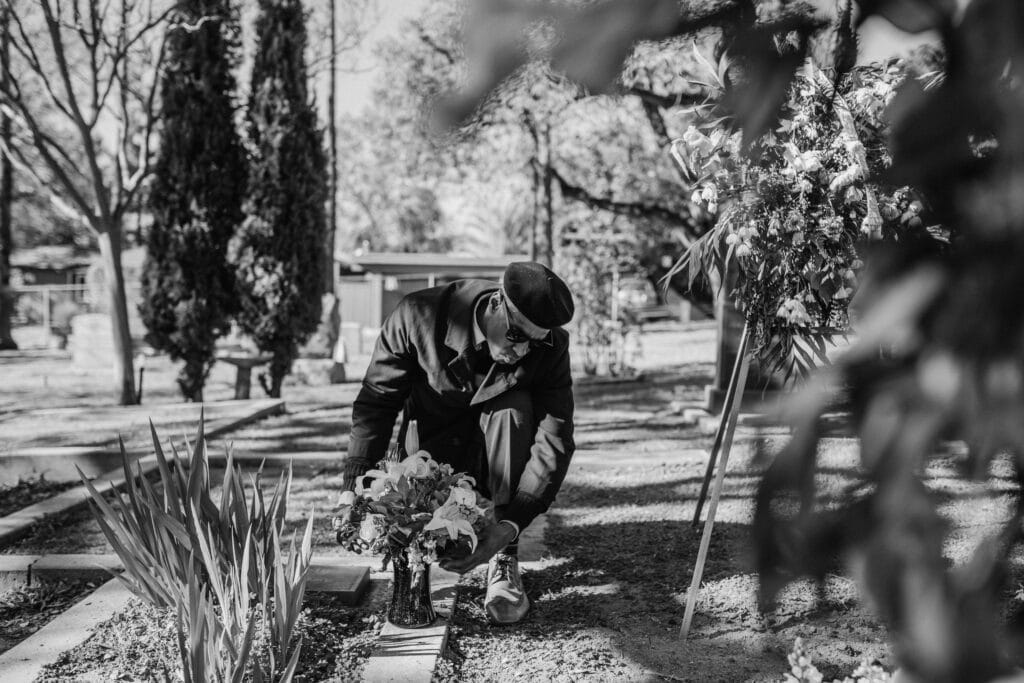I’ve always said that attending a funeral is one of the best ways to reflect on what truly matters, and to remind ourselves that one day, we will all face the same fate. But how we face death varies greatly from culture to culture.
American author Ken Druck, who writes extensively about grief, says that Americans have created a culture that is “grief illiterate.” “We are taught that there’s a pill for every pain, for every problem. However, there is no pill to erase death. Death evokes a feeling of helplessness; it’s easier to turn away.”
In much of the Western world, death is often seen as something to be avoided, postponed, or hidden. Conversations about dying are uncomfortable. Funerals tend to be somber and formal, with grief kept private and controlled. Yet, not all cultures approach mortality this way. Around the world, death can be viewed not only as an ending but as a continuation, and even a celebration.
Mexico: A Conversation with the Dead
In Mexico, Día de los Muertos (Day of the Dead) is a vibrant reminder that death is part of life. Families build colorful altars adorned with marigolds, photos, and the favorite foods of loved ones who have passed away. Rather than mourn quietly, people gather in cemeteries, share stories, and laugh. It’s a day to welcome the dead home; to eat, drink, and remember together. Grief becomes something collective, tender, and alive.
Ghana: A Celebration of a Life Well Lived
In parts of Ghana, funerals are joyful events filled with music, dance, and elaborate coffins shaped like airplanes, animals, or tools, symbols of the person’s passions or profession. Death is not an interruption but a passage to the ancestral world. The louder and more colorful the celebration, the greater the honor paid to the deceased. It’s a way of ensuring that their spirit is remembered and continues to participate in community life.
Japan: Duty, Ritual, and Reflection
In Japan, mourning is marked by quiet ritual and reverence. The Buddhist view sees death as part of the continuous cycle of rebirth. The family’s duty, through ceremonies, incense, and offerings, is to help guide the spirit peacefully to the next stage. Emotional restraint is often seen as a sign of respect. Grief is internalized, not displayed, emphasizing balance and continuity rather than loss.
Madagascar: The Dance of the Dead
The Malagasy people hold a ceremony called famadihana, or “the turning of the bones.” Families exhume the remains of ancestors, rewrap them in fresh cloth, and dance with them before returning them to the tomb. The ritual strengthens ties between the living and the dead, ensuring that memory remains active and communal rather than distant or forgotten.
A Universal Truth
Whether death is faced with silence, ceremony, or song, each culture gives it meaning in its own way. Some embrace grief openly; others find peace in ritual or humor. But across every language and tradition, death reminds us of the same truth: we are all connected to the past, to one another, and to what comes next.

